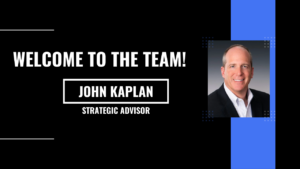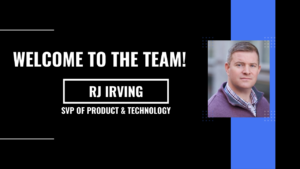September 8, 2022
Bhupendra Rathod
Jacob Karp is no stranger to cold outreach. An early experience with “putting himself out there” that paid off was back in his baseball days. His parents were moving to a new area that was home to a solid Junior College program. Instead of showing up as an unknown commodity and trying to walk on, he got a head start in the process by setting himself apart. He sent an email to the coach with his stats and a highlight reel in order to pave the way for his arrival. It helped him get a tryout which he converted into a spot on the team.
He leveraged it successfully again during a career shift from hardware sales to software sales. Jacob was sharp enough to see the potential of the software sales market. He used LinkedIn to find companies that he wanted to work for and to highlight people that he’d need to get in front of in order to get at-bats. He was making connection requests, sending InMail, tracking down email addresses, and hitting people there as well. He was able to find a spot at Xactly and hasn’t looked back since.
Cold outreach can be an uncomfortable concept for college kids and for new sellers. Picking up the phone to ask a stranger for something is not a natural thing for most people, however, your success as a salesperson relies on it. Jacob has a stack of tactical advice to help us with outreach. It starts with detailed account research.
In Jacob’s episode, we hear about the distinction between blindly emailing people and doing deeper research work to make your outreach personal.
Here’s a story from earlier in his career.
Jacob was trying to find a way into a top account. During his research, he noticed that one of the decision makers was a University of Texas graduate who was active on Twitter. After wading through a bunch of old tweets, Jacob found one that he could work with. The prospect had been tweeting regularly about his passion for the 2006 Rose Bowl where UT faced off against USC for the national championship. Jacob put together an email where he listed off a few of his favorite moments from this game and sent it off. The prospect and Jacob exchanged a few more notes about the game and Jacob eventually got a meeting and eventually a deal. The key was working hard to find an authentic moment to connect. There was no ask, just the intention of starting a conversation about a common interest point.
One from JR:
JR recalled a time when he noticed that a CIO from a target account was on the board of a non-profit that he regularly wrote about on LinkedIn. JR took an opportunity to donate to the non-profit and send the receipt and a note to the contact about how the cause was important to him. He was able to start a conversation and eventually land a meeting.
One from co-host John Davis:
John recounted a time when he played matchmaker. He had become close with a CIO that he had done business in the past. The CIO was starting to look for a new job. A target account that JD wanted to crack had a vacancy at CIO and was actively recruiting. JD took the opportunity to put the two parties together. The target account eventually hired the CIO and JD was able to get in front of all of the stakeholders at the company where he previously had struggled to find a foothold.
For sellers trying to break into an account, here are some guidelines for research and outreach. Before you ever hit send on an email you should know:
- A company’s short and long-term business objectives
- The strategy that they will use to achieve them
- The people who will be responsible for generating these results
- Some detail about these people and what they care about most
Ask yourself if you can connect what your company does to the answers you uncover through research.
Jacob Karp is here on LinkedIn (https://www.linkedin.com/in/jacobkarp/). Do yourself a favor and follow or connect with him. Using his background as a journalism major, he publishes daily posts that will be helpful to any seller at any stage of their career.


